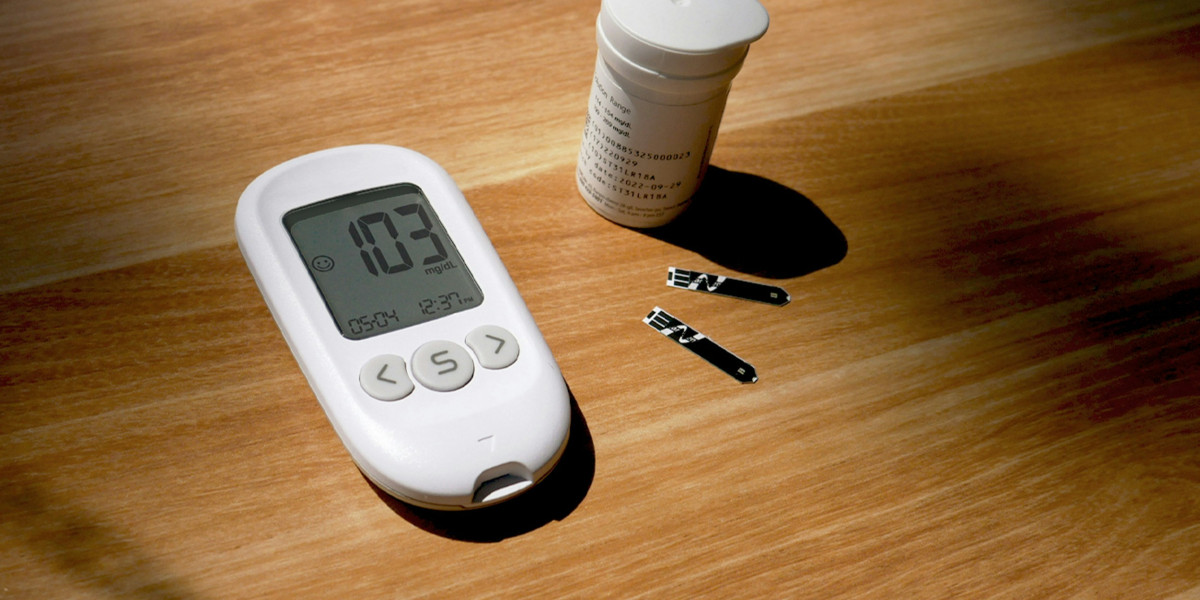Operational proficiency with the Dexcom G6 Receiver is pivotal for individuals seeking advanced diabetes management. In this comprehensive guide, we'll delve into every aspect, empowering you to operate the Dexcom G6 Receiver like a pro – from basic functions to advanced features.
Getting Started: Powering On and Off
1.1 Initiating Power
To begin using your Dexcom G6 Receiver, press and hold the power button until the screen lights up. The home screen will display real-time glucose levels and trend information, providing a quick snapshot of your current status. Familiarize yourself with these indicators to navigate efficiently.
1.2 Home Screen Navigation
Understanding the home screen is key to navigating the Dexcom G6 Receiver effectively. Trend arrows represent glucose level trends – up, down, or stable. Glance at the glucose levels and trend arrows for immediate insights into your current glucose status. Mastering these basics sets the foundation for advanced usage.
Digging Deeper: Historical Data Analysis
2.1 Historical Data Access
Delve into historical data for a more comprehensive understanding of your glucose trends over time. Navigate to the historical data section and swipe through graphs to analyze specific time intervals. This feature is invaluable for identifying patterns and making informed decisions about your diabetes management.
2.2 Customizing Data Display
Tailor the display settings to suit your preferences. Customize time intervals, data granularity, and graph scales to create a personalized monitoring experience. This level of customization ensures that you receive the information you need in a format that is most useful to you.
Setting Up Alerts for Proactive Monitoring
3.1 Personalised Glucose Alerts
Set up personalized high and low glucose alerts to receive timely notifications. Navigate to the alert settings and fine-tune the thresholds to align with your target ranges. This proactive approach empowers you to respond promptly to fluctuations in your glucose levels.
3.2 Urgent Low Soon Alert Configuration
Enable the Urgent Low Soon to alert for warnings when glucose levels are predicted to reach critically low levels soon. Customize the settings to receive timely notifications without unnecessary alarms, ensuring that you are always aware of potential urgent situations.
Exploring Advanced Features
4.1 Share and Follow Feature
Harness the advanced Share and Follow feature for seamless data sharing. Enable remote monitoring, allowing designated followers or healthcare providers to track your real-time glucose levels. This collaborative aspect enhances the support system around your diabetes management.
4.2 Device Integration
Connect your Dexcom G6 Receiver with compatible devices such as smartphones or smartwatches. This integration enhances accessibility and allows you to receive notifications directly on connected devices, providing flexibility and convenience in monitoring.
Troubleshooting and Maintenance Mastery
5.1 Addressing Signal Loss Issues
Troubleshoot signal loss by ensuring the Dexcom G6 sensor and receiver are within the recommended range. Evaluate potential interference from electronic devices and make necessary adjustments. This proactive troubleshooting ensures a more consistent and reliable monitoring experience.
5.2 Receiver Maintenance Tips
Keep your Dexcom G6 Receiver clean and moisture-free. Regularly check for software updates to ensure optimal performance. Following these maintenance tips ensures that your receiver functions at its best, providing accurate and reliable glucose readings.
User Tips and Best Practices
6.1 Data Calibration Insights
Understand the importance of periodic sensor calibrations. Follow guidelines for accurate calibration to enhance the overall reliability of glucose readings. Calibration is a crucial aspect of maintaining accuracy in your monitoring system.
6.2 Mealtime Strategies
Leverage pre-meal and post-meal glucose trends for informed decisions on insulin dosage and meal planning. Use Dexcom G6 data to create personalized strategies for managing blood glucose levels during meals. These mealtime strategies empower you to make proactive choices for better glycemic control.
Conclusion
Operating the Dexcom G6 Receiver like a pro involves mastering its features and functionalities. This comprehensive guide equips you with the knowledge to navigate the interface seamlessly, interpret data effectively, and utilize advanced features for optimal diabetes management. Regularly refer to this guide to ensure ongoing proficiency.
